Species Profile: The Pacific Sleeper Shark
The Pacific Sleeper Shark may be a slow, elusive, and quiet swimmer, but it has one of the most powerful bites of all shark species.
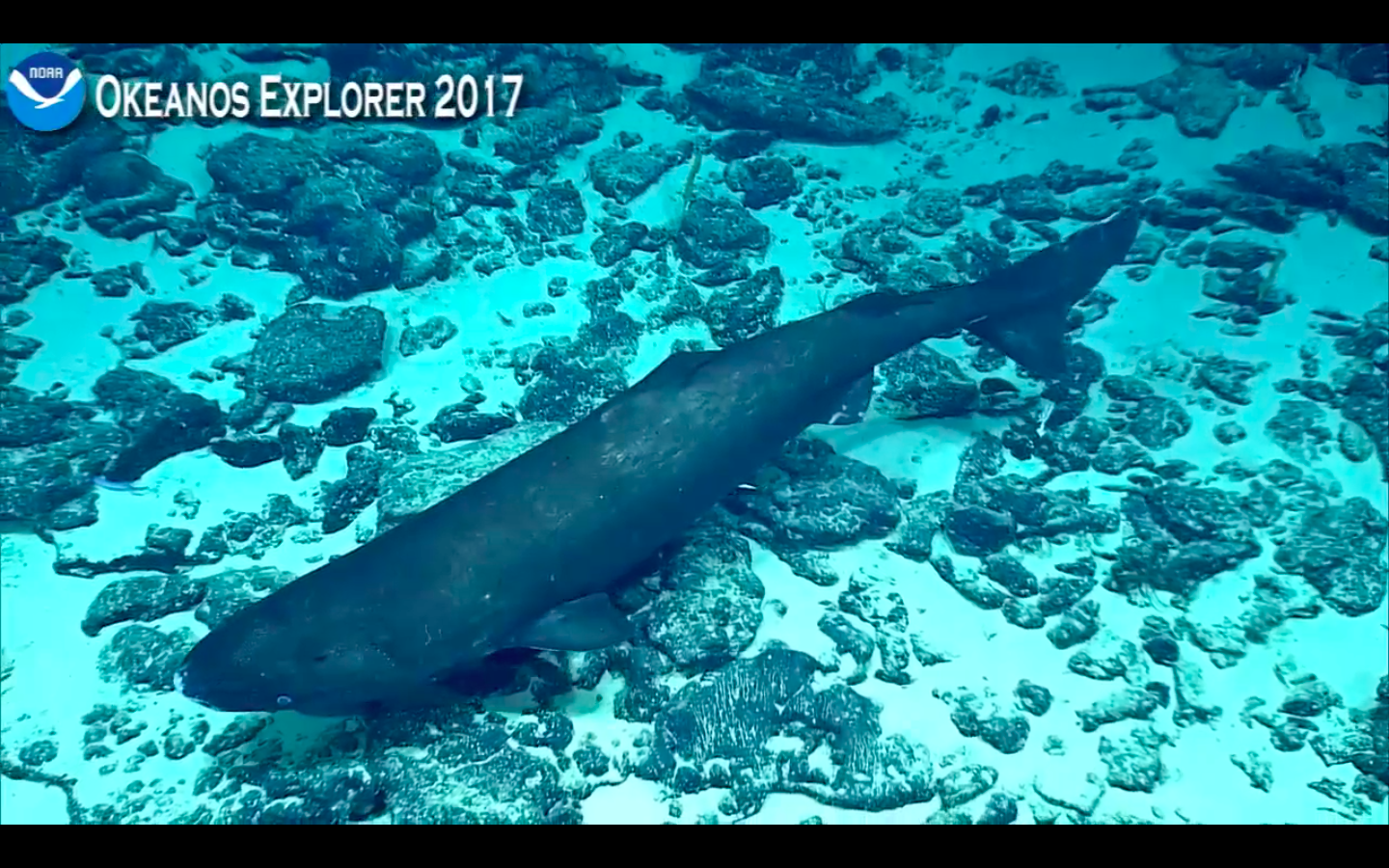
The Pacific Sleeper Shark is a species of fish in the sleeper shark family Somniosidae. This is a deepwater and highly elusive creature. In fact, they are still rarely-known to humans and not frequently encountered.
They have a grayish-black, cylindrical shaped body and rough bristly skin. Their dorsal fins are relatively low when compared to their body size and they have very small anal fins.
Pacific sleeper sharks also have a rounded and short snout.
Unlike other shark species that live in warmer waters, this shark does not have squalene in its liver oil. Rather its liver oil contains diacylglyceryl ethers and triacylglycerol which help it maintain buoyancy even in extremely cold waters. Interestingly, this lack of squalene means this species was never a target of commercial fisheries.
Due to the usual scarcity of prey at the deep sea habitat the pacific sleeper shark prefers, it has developed the ability to store food in its spacey mouth cavity.
There is still so much to learn about this species hence the IUCN lists it as Data Deficient.
1) Scientific Name
Somniosus Pacificus
2) Scientific Classification:
- Kingdom: Animalia
- Phylum:Chordata
- Class: Chondrichthyes
- Order: Squaliformes
- Family: Somniosidae
- Genus: Somniosus
- Species: Somniosus Pacificus
3) Life Expectancy
Unknown
4) Average/Maximum Length
At maturity, a Pacific sleeper shark can measure between 3.65 meters (12.0 feet) and 4.4 meters (14 feet) long.
The largest specimen of the species ever recorded measured about 7 meters (23 feet) long. It was attracted to bait in deep water outside Tokyo Bay, Japan and subsequently filmed. Dr. Eugenie Clark witnessed this discovery.
5) Average/Maximum Weight
Between 318 and 888 kg (701 and 1,958 lbs).
6) Maximum Swimming Speed
They are very slow swimmers and glide through the waters with very little body movement.
7) Interaction With/Danger To Humans
Although they are considered a possible threat to humans due to their large size, there are no records of human interactions/injury so far.
Most likely this is because of the depths at which they live. Even commercial fisheries hardly get them as bycatch.
It’s still unknown how a Pacific Sleeper shark would react to humans, but note that they are large in size and have very sharp, formidable teeth.
8) Reproduction Details
The little researchers know about these sharks so far is that they are ovoviviparous. Thus, they produce eggs that will hatch inside the mother’s body. Gestation time remains unknown and litter sizes could be up to about 10 pups.
Newborn calves measure 42 cm (1.38 feet).
9) Diet/Hunting Pattern of the Pacific Sleeper Shark
Pacific sleeper sharks are considered to be more of scavengers than active predators. But they do well in either regard.
Because they are such slow swimmers, it gives them quite the advantage in ambushing and catching prey. Their elegant and slow swimming style is so quiet that other fish don’t sense them coming till it’s too late!
In addition, their feeding habits are also different from the majority of other sharks.
These sharks have sharp, spike-like teeth in their upper jaw and oblique, overlapping teeth in the lower jaw. So, combined with the fast and violent bursts of energy they display when ambushing prey, these teeth are ideal for quickly sawing off large chunks of flesh.
Because of their large mouth cavity, they can create a strong suction force to suck prey in after their teeth have done the work of cutting it up.
Their preferred diet includes giant Pacific octopus, bottom-dwelling teleost fishes (like soles, flounders, Alaska pollock), shrimps, marine snails, and hermit crabs. The larger Pacific sleeper sharks can catch and eat faster-swimming prey. For instance squid, Pacific salmon, and even harbor porpoises.
In the waters off British Columbia, killer whales hunt and prey on Pacific Sleeper sharks.
The Pacific Sleeper shark has a powerful jaw and sharp teeth that combine to create a devastating bite.
10) Alternative Names
- Sleeper Shark
- Mud Shark
11) Population And Conservation Status
Fortunately for this species a combination of its deepwater habits and lack of squalene makes it undesirable to commercial fisheries. So, they are not regarded as a threatened species.
The IUCN classifies it as a Data Deficient species.
12) Ancestry and History
They belong to the Somniosidae shark family.
Other sharks in the same family include the Greenland Shark, Portuguese dogfish, and the velvet dogfish.
13) Distribution and Habitat
Like other sleeper sharks, the Pacific Sleeper shark swims in almost all the waters around the planet. However, wherever they are seen, they prefer deep and cold waters down to depths of 2000 meters (6,500 feet).
This species is abundant in the waters off Japan’s north Pacific, along the Siberian coast down to the Bering Sea. Other locations include California, Mexico, southern Tasmania, the Macquarie Island, Uruguay, and the Challenger Plateau off New Zealand.

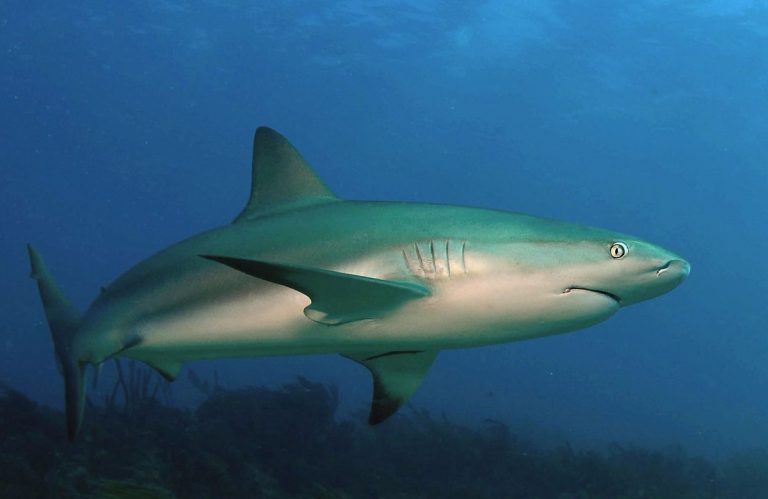
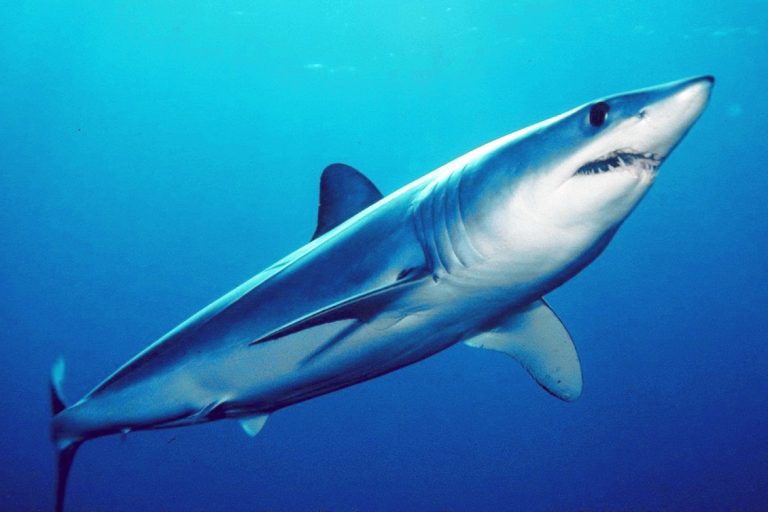

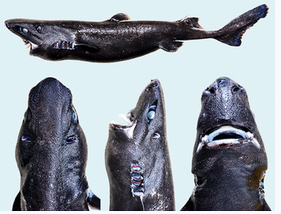
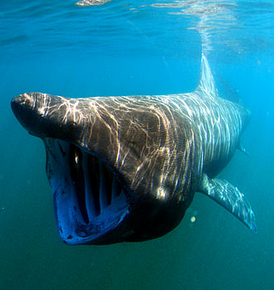
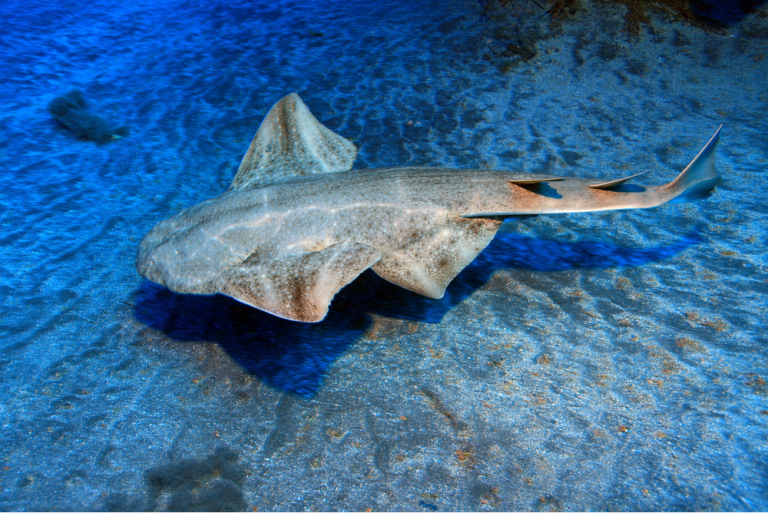
Interesting. Never heard of this species before.